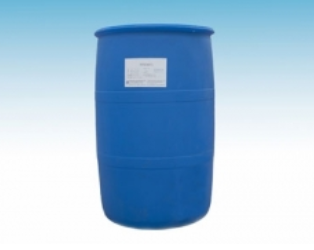Due to the different flame retardant mechanism of various flame retardants, it is difficult to achieve the ideal effect by using a single flame retardant. Composite flame retardants are usually used. This can not only reduce the cost, but also reduce the loss of physical and mechanical properties of flame retardant materials to a low limit. Now it mainly includes boron compounds, metal hydroxides and flame retardant synergy developed later. It is mainly an inorganic flame retardant characterized by high-efficiency flame retardant systems such as phosphorus nitrogen composite, phosphorus halogen composite and phosphorus nitrogen boron composite. Among them, phosphorus nitrogen composite flame retardant is more popular among wood flame retardants. In recent years, flame retardants are required to be halogen-free, low smoke The voice of low toxicity is rising day by day, so aluminum hydroxide and magnesium hydroxide have attracted much attention in many flame retardant applications and have a bright future.

Although flame retardants with a long history have serious disadvantages such as high moisture absorption and easy precipitation from wood, they are still used by some wood enterprises because of their low cost, simple production method and easy to be mastered by the wood treatment industry. The third generation inorganic wood flame retardant currently used is developed in the process of improving the moisture absorption and precipitation properties of the second generation wood flame retardant. Its main technology is to increase the volume of inorganic ions, such as replacing phosphate with water-soluble oligomer polyphosphate with high relative molecular weight, or generating insoluble flame retardant by internal reaction method. For example, the temperature characteristics of chemical reaction can be used to prepare a single flame retardant treatment solution to treat wood at room temperature, and then the treatment solution can react in the wood to form insoluble flame retardant through kiln drying or heating treatment. In recent years, multi effect wood flame retardants with flame retardant, anti-corrosion and anti mildew functions, as well as new wood flame retardants that adapt to different flame retardant methods to meet the market demand, have attracted some attention.
Although the emergence of additive organic wood flame retardant is later than inorganic flame retardant, it has developed rapidly, and has generally experienced three development stages so far. Organophosphorus flame retardants mainly include phosphate ester, phosphonate ester, phosphite ester, organophosphorus salt, phosphorus containing polyol nitrogen compound, etc. The mainstream of organic wood flame retardants is still the multicomponent composite system containing phosphorus, nitrogen and boron. The flame retardant can resist loss and has little effect on the physical and mechanical properties of wood.
The third generation organic wood flame retardant is a high-efficiency flame retardant with low formaldehyde emission, low migration, low moisture absorption or basically non moisture absorption (similar to untreated wood). This kind of flame retardant often pursues one agent with multiple effects, which not only weakens the adverse impact of multiple treatments on wood properties, but also reduces the treatment cost. For example, the low hygroscopic phosphate produced by nitrogen-containing organic compounds with large relative molecular weight and phosphoric acid is used as the carrier of flame retardant elements phosphorus and nitrogen, and then combined with boron compounds to form a phosphorus nitrogen boron high-efficiency flame retardant system, which represents the FRW wood flame retardant with flame retardant, anti-corrosion and anti termite properties.